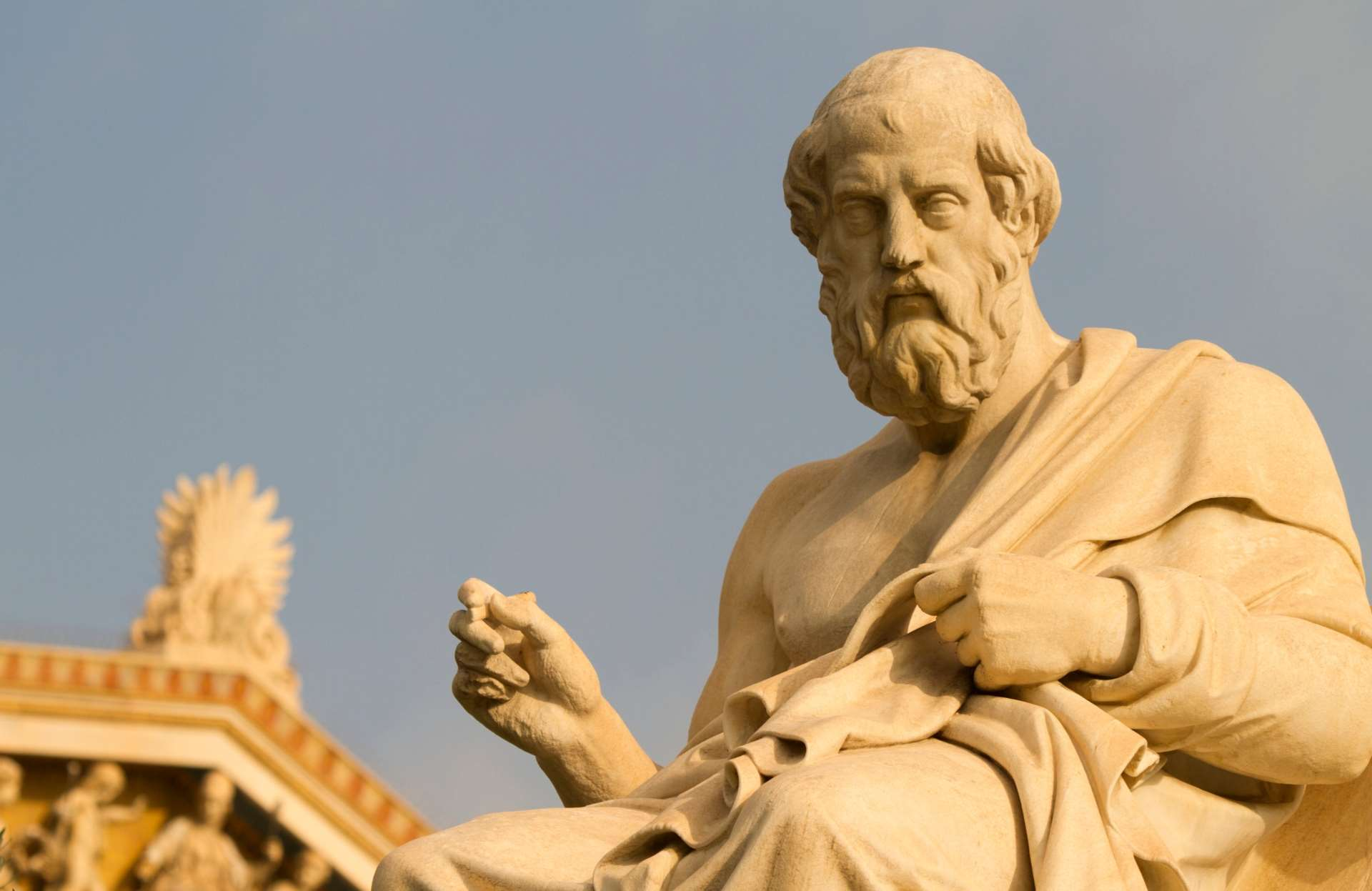In the annals of history, few stories blend the lines of love, art, and power as intriguingly as that of Campaspe, the woman believed to be one of Alexander the Great's earliest romantic companions. Known also as Pancaste, her story has become a tapestry of myth, art, and historical speculation, offering a glimpse into the personal life of one of history's greatest conquerors.
The Muse of Apelles
Campaspe is best remembered through a narrative involving the famed painter Apelles of Kos. According to ancient accounts, Alexander, ever the patron of the arts, commissioned Apelles to paint his concubine. The result was a portrait so captivating that Alexander, upon witnessing the love and dedication Apelles had poured into the work, decided to gift Campaspe to the artist. This act of generosity has been celebrated throughout history as a profound example of patronage, showing Alexander's understanding and appreciation for the arts. The story is recounted by Pliny the Elder in his "Natural History" and has inspired numerous artistic interpretations, including paintings and plays.
First Love and Loss of Virginity
The tale of Campaspe doesn't end with her artistic legacy. Ancient sources, notably Aelian in his "Varia Historia," suggest that Campaspe might have been the first woman with whom Alexander the Great was intimate. This claim adds another layer to her significance, painting her not just as a royal companion but potentially as the person who shared a pivotal moment in Alexander's personal development. This narrative, while not universally accepted due to the scarcity of corroborative evidence, adds a romantic and humanizing dimension to the often militaristic portrayal of Alexander.
A Legend or Historical Fact?
Here lies the intrigue: Campaspe does not appear in the primary sources documenting Alexander's life, such as those by Arrian, Plutarch, or Diodorus Siculus. This absence has led historians to debate her historical reality. Is she a figure born from the romanticism of later eras or was she a real woman whose story was magnified by the legends surrounding Alexander? This question keeps her story in the realm of semi-myth, where history and lore blend indistinguishably.
Cultural Impact
Campaspe's influence extends beyond her supposed relationship with Alexander. She became an emblem of beauty and artistic inspiration, notably as the model for Apelles' masterpiece "Venus Anadyomene," where he depicted Aphrodite (Venus) emerging from the sea. This connection with one of the most celebrated paintings of antiquity underscores her lasting impact on art. Furthermore, her story has inspired cultural works across centuries, from Renaissance art to 17th-century Spanish drama with Calderón de la Barca's play.
The story of Campaspe serves as a fascinating intersection of history, art, and personal narratives. Whether she was truly Alexander's concubine or a creation of later storytellers, her tale reflects the complexities of love, power, and the human condition in the shadow of one of history's most renowned figures. While the truth of her existence might be elusive, the legend of Campaspe continues to captivate, proving once again that the stories we tell about our past can sometimes be as powerful as the facts themselves.









